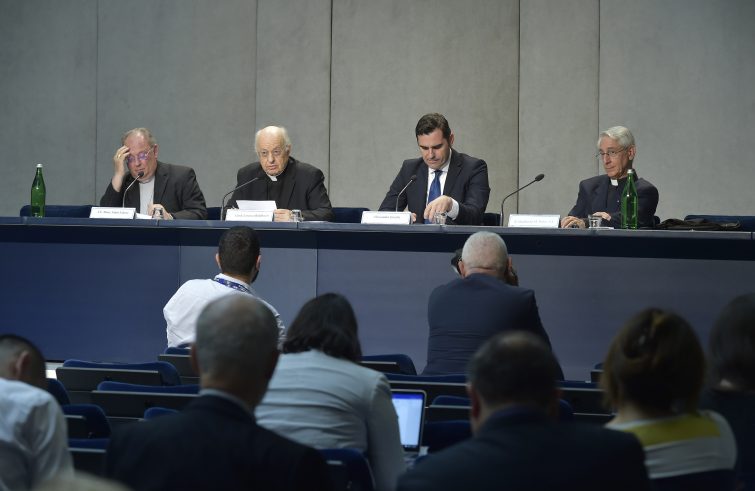
“The Church today has an historic opportunity to differentiate herself from the new colonizing powers, by listening to the Amazonian peoples in order to play her prophetic role in a transparent way”, the introduction to the “Instrumentum laboris” (working document) for the Synod on the Pan-Amazon Region, released today in preparation for the event to be held in October, reads. The 130-page Instrumentum laboris is divided into three parts: the first part, “to see-to listen”, is titled “The voice of the Amazonia” and aims to present the territory and its peoples. The second part entitled “Integral ecology: the cry of the earth and of the poor” focuses on ecological and pastoral issues. And the third part, “Prophetic Church in the Amazonia: challenges and hopes”, deals with ecclesiological and pastoral issues. Thus, the introduction reads, “the listening of the peoples and of the earth by a Church who is called to be increasingly synodal starts by entering into contact with the contrasting reality of an Amazonia full of life and wisdom. It continues with the cry caused by deforestation and mining devastation that calls for an integral ecological conversion. And it ends with an encounter with the cultures that inspire new paths, challenges and hopes for a Church who wants to be Samaritan and prophetic through a pastoral conversion”. Following the proposal of the Pan-Amazonian Ecclesial Network (REPAM), the document is structured around the three conversions suggested by Pope Francis: the pastoral conversion to which we are called in the apostolic exhortation Evangelii Gaudium (to see-to listen); the ecological conversion in the encyclical Laudato si’ which orients the path (to judge-to act); and conversion to the ecclesial synodality in the Apostolic Constitution “Episcopalis Communio” which guides our journey together (to judge-to act). All this “in a dynamic process of listening and discerning new paths through which the Church in the Amazonia will announce the Gospel of Jesus Christ in the coming years”. “The socio-environmental crisis opens new opportunities for presenting Christ in all his liberating and humanizing potential”, the document argues. In brief, “this Synod revolves around life”: “the life of the Amazonian territory and its peoples, the life of the Church, and the life of our planet”. “As the consultations with the Amazonian communities show, life in the Amazonia identifies, among others, with water”, the text stresses, referring to “one of the most vulnerable zones of our planet, after the Arctic, to anthropogenic climate change”. “The Amazon River is like an artery of the continent and of the world; it flows like the veins of the flora and the fauna of the territory, as a spring for its peoples, its cultures and its spiritual expressions. Just as in the Garden of Eden, water is the source of life, but also the connection between its various manifestations of life, in which everything is connected”, as the Laudato Sì, cited extensively throughout the document, points out: “The river does not divide us, but rather unites us, helps us to live together among different cultures and languages”. The Amazonian territory includes parts of Brazil, Bolivia, Peru, Ecuador, Colombia, Venezuela, Guyana, Suriname and French Guyana, covering an area of 7.8 million square kilometres, in the heart of South America. The Amazon forests cover about 5.3 million square kilometres, accounting for 40% of the total surface area of tropical forests. This is only 3.6% of the Earth’s land area, which covers approximately 149 million square kilometres, that is, about 30% of our planet’s surface. “The Amazonian territory has one of the richest geological and most complex biospheres on the planet”, the Instrumentum laboris notes: “The natural abundance of water, heat and moisture makes it possible for ecosystems in the Amazon region to house about 10 to 15% of the terrestrial biodiversity and to store 150 to 200 billion tonnes of carbon every year”.
